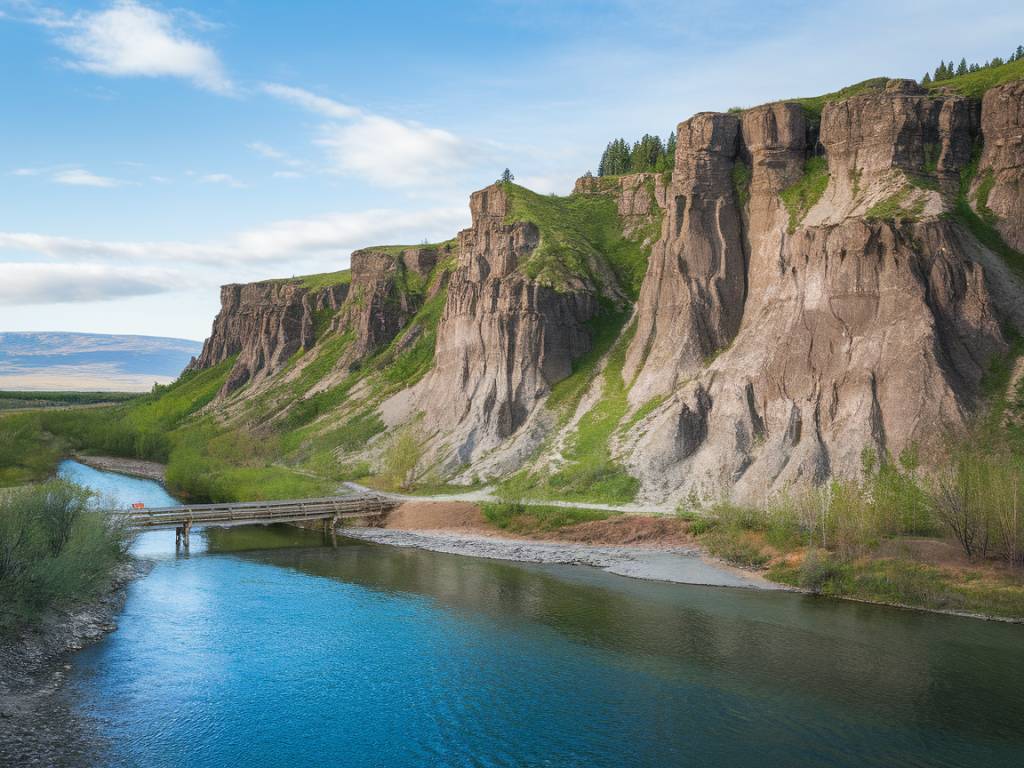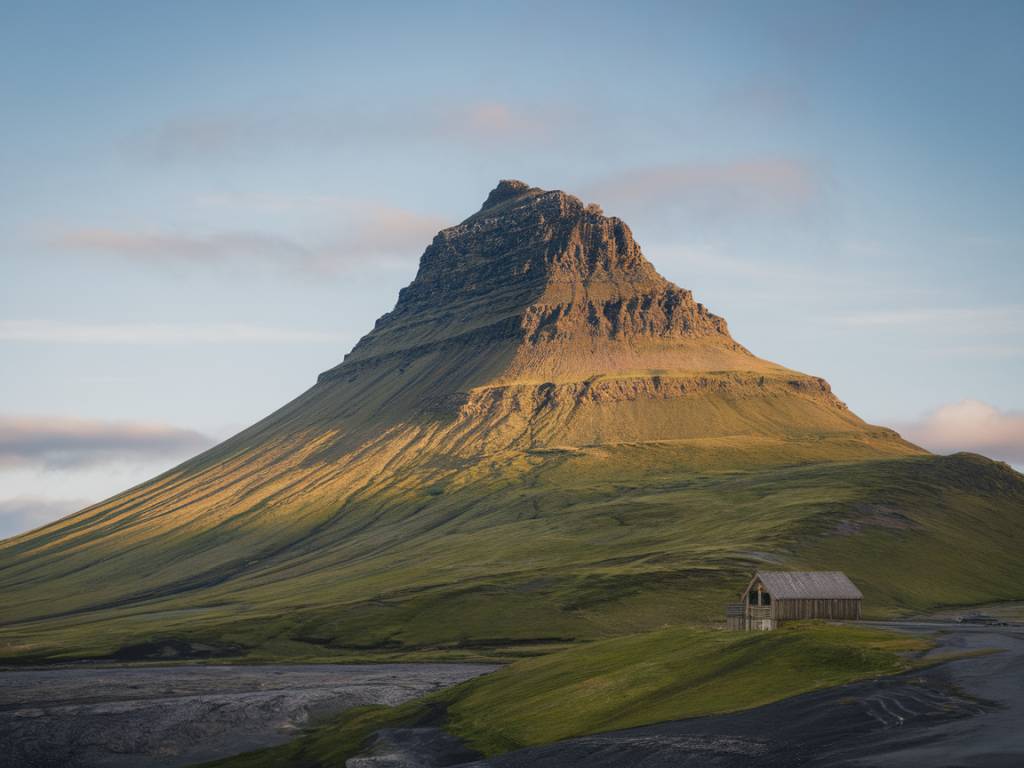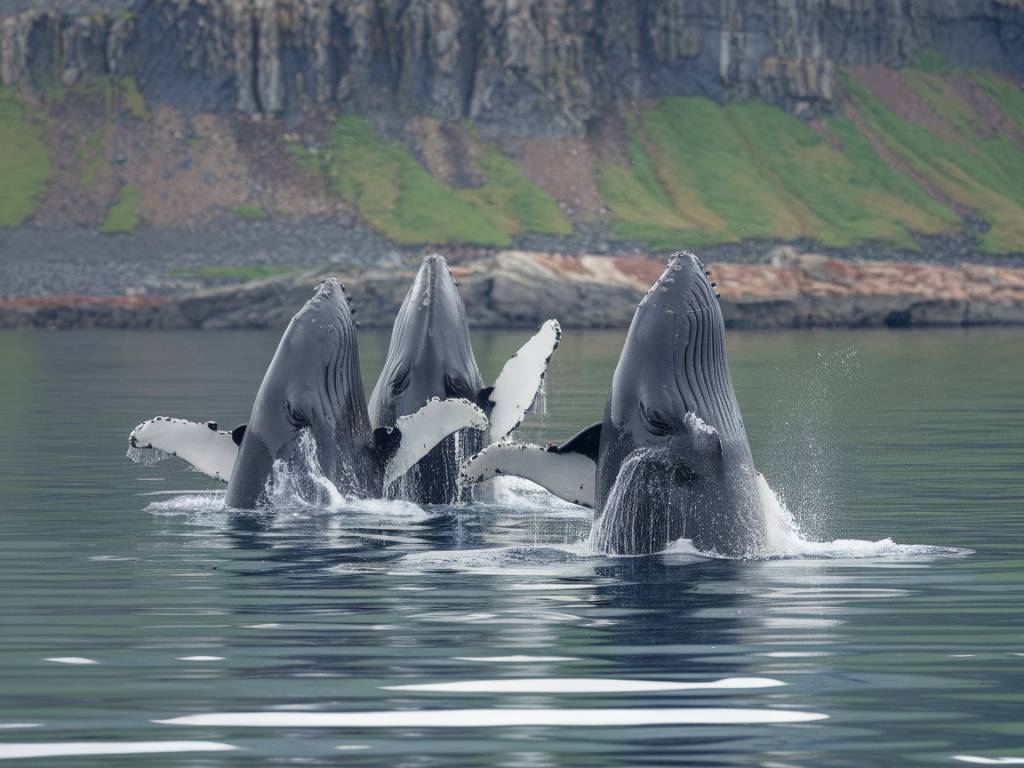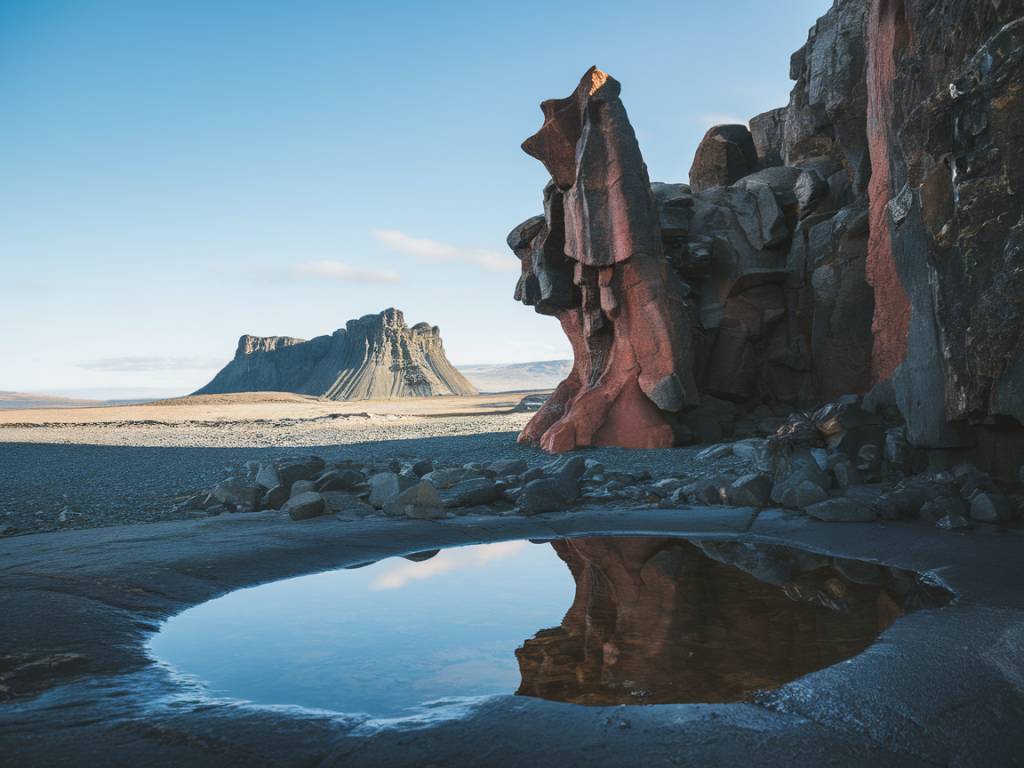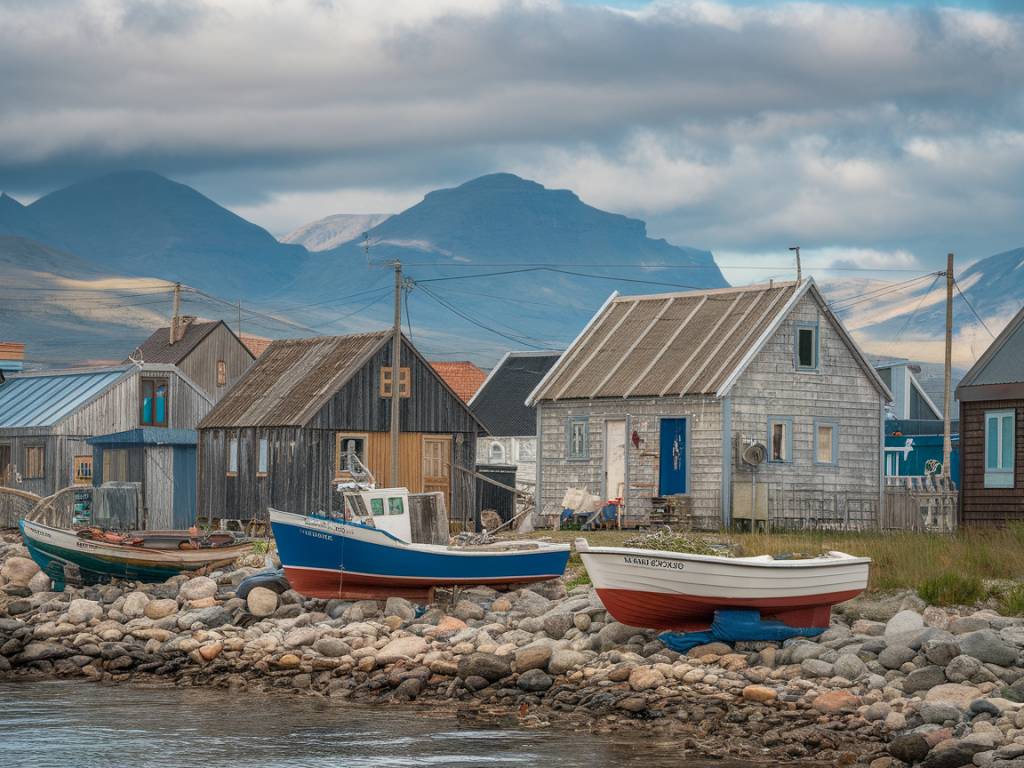If there’s one destination in Iceland that harmoniously blends the island’s rich history with its awe-inspiring natural beauty, it’s undoubtedly Þingvellir National Park. As I walked through this UNESCO World Heritage Site, the profound sense of history combined with breathtaking landscapes captivated me in a way I hadn’t anticipated.
Introduction to Þingvellir National Park
Þingvellir National Park, or Thingvellir National Park as it’s known in English, is a historical and geological marvel. Located approximately 40 kilometers northeast of Reykjavik, it is a central feature of the Golden Circle, a popular tourist route that also includes Geysir and Gullfoss. The park’s name, Þingvellir, translates to « Parliament Plains, » referencing its importance as the site of the Althing, the world’s oldest parliament.
Historical Significance
Walking through Þingvellir feels like stepping back in time. The Althing was established in 930 AD, making it the oldest surviving parliament in the world. The site served as the congregation point for delegates from all over Iceland, who came to settle disputes, discuss laws, and make decisions that shaped the nation. Here, in this open-air assembly, Icelanders laid the foundation for a democratic governance system that continues to influence the country today.
There are several key historical landmarks within the park:
- Lögberg (Law Rock): This is where laws were proclaimed, and speeches were made. Standing at Lögberg, I could almost hear the echoes of long-ago gatherings, the fervent debates and the important decisions made here.
- Þingvallakirkja (Thingvellir Church): This charming church, originally built in the 11th century, stands as a testament to the spiritual life that paralleled political activity in the area.
Geological Wonders
Beyond its historical significance, Þingvellir is a geological wonder. The park sits in a rift valley caused by the separation of the North American and Eurasian tectonic plates. This makes Þingvellir one of the few places in the world where you can walk between two continental plates.
As I explored the park, I was constantly in awe of the unique geological features:
- Almannagjá Gorge: This dramatic rift marks the eastern boundary of the North American Plate. Walking through Almannagjá gorge feels like traversing a natural gateway into Iceland’s geological history.
- Silfra Fissure: For the adventurous, snorkeling or diving in Silfra is an unforgettable experience. The clear glacial waters provide breathtaking visibility, allowing you to see the lava rock formations and the remarkable underwater landscape formed by the tectonic movements.
Ecological Richness
Þingvellir’s ecological diversity adds another layer of enchantment. The park is home to numerous species of flora and fauna, making it a haven for nature enthusiasts. The lush greenery of summer contrasts beautifully with the austere, snow-covered landscapes of winter.
- Flora: Depending on the season, you might encounter an array of wildflowers, mosses, and birch trees. I visited during summer and was struck by the vibrant colors that adorned the landscape.
- Fauna: Birdwatchers will find Þingvellir particularly appealing. Species such as the Arctic tern and the greater scaup are frequently sighted. During my visit, I was lucky to spot several birds unique to this region, adding to the park’s charm.
Recreational Activities
Þingvellir caters to adventurers of all types. Hiking trails wind through the park, offering both challenging routes and gentle walks suitable for families. As an avid hiker, I found the trails not only accessible but also richly rewarding in terms of scenic beauty.
- Oxararfoss Waterfall: One trail leads to this picturesque waterfall. Although not as grand as some other Icelandic falls, it has a charm of its own, cascading gently over the rocks and creating a serene spot for reflection.
- Silfra Snorkeling and Diving: As mentioned earlier, the Silfra fissure offers an unparalleled underwater adventure. The experience of floating between two continental plates, amidst crystal-clear glacial waters, is unparalleled.
Visitor Information
Visiting Þingvellir National Park is straightforward, but a bit of planning can enhance your experience. The visitor center provides a wealth of information about the park’s history, geology, and ecology. Interactive exhibits and informative displays offer a deeper understanding of what you’ll encounter in the park.
- Getting There: The park is easily accessible by car from Reykjavik, with well-marked routes facilitating a smooth journey. Guided tours are also available for those who prefer a more structured visit.
- Best Time to Visit: Each season in Þingvellir offers unique opportunities. Summer provides optimal weather for hiking and sightseeing, while winter transforms the park into a snowy wonderland, perfect for those fascinated by Iceland’s winter landscapes.
- Facilities: The park is equipped with basic amenities, including restrooms and a cafeteria. The visitor center’s shop offers books, maps, and souvenirs, enriching your exploration with added context and memories.
Preservation Efforts
The delicate balance of natural beauty and historical significance requires careful preservation. Þingvellir is a protected area, and there are strict guidelines in place to ensure its conservation. As I observed the park’s well-maintained trails and informative signage, I was impressed by the efforts to minimize human impact while maximizing visitor engagement.
The park’s administration collaborates with environmental organizations to monitor and protect its biodiversity. Sustainable tourism practices are encouraged, and visitors are urged to respect the natural environment, ensuring that Þingvellir remains a pristine site for future generations.
Personal Reflections
My journey through Þingvellir National Park was more than just a visit to a beautiful location; it was an immersion into the essence of Iceland. The seamless blend of history and nature provided a profound appreciation for this unique spot. Standing on the Law Rock, I felt connected to a thousand years of Icelandic heritage.
Exploring the rift valley and witnessing the dramatic landscapes reminded me of the powerful natural forces that shape our world. Whether you’re a history buff, a nature lover, or simply a curious traveler, Þingvellir offers a multifaceted experience that is both educational and deeply moving.
In planning your trip to Iceland, I highly recommend setting aside ample time to explore Þingvellir National Park. It’s not just a stop on the Golden Circle; it’s a destination where the stories of the earth and human endeavor are written in every rock and stream. Every visit promises a new discovery, making it a place you’ll want to return to time and again.

